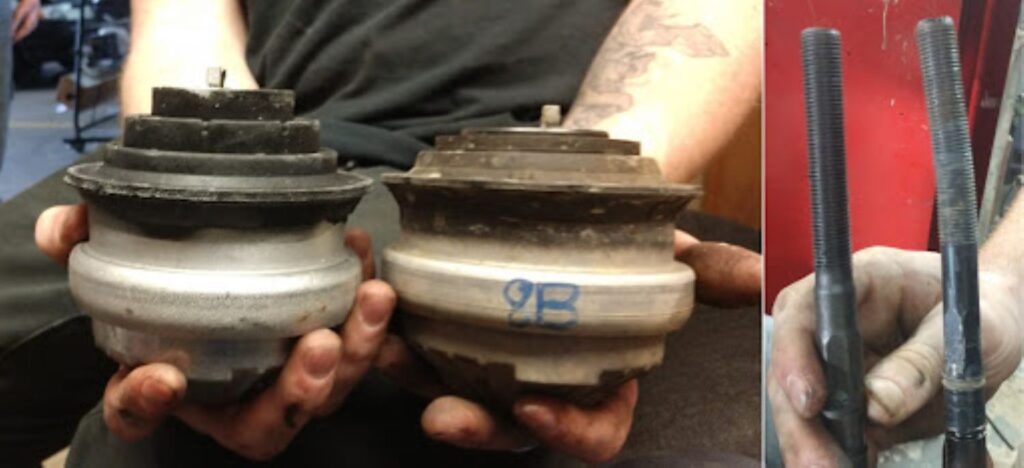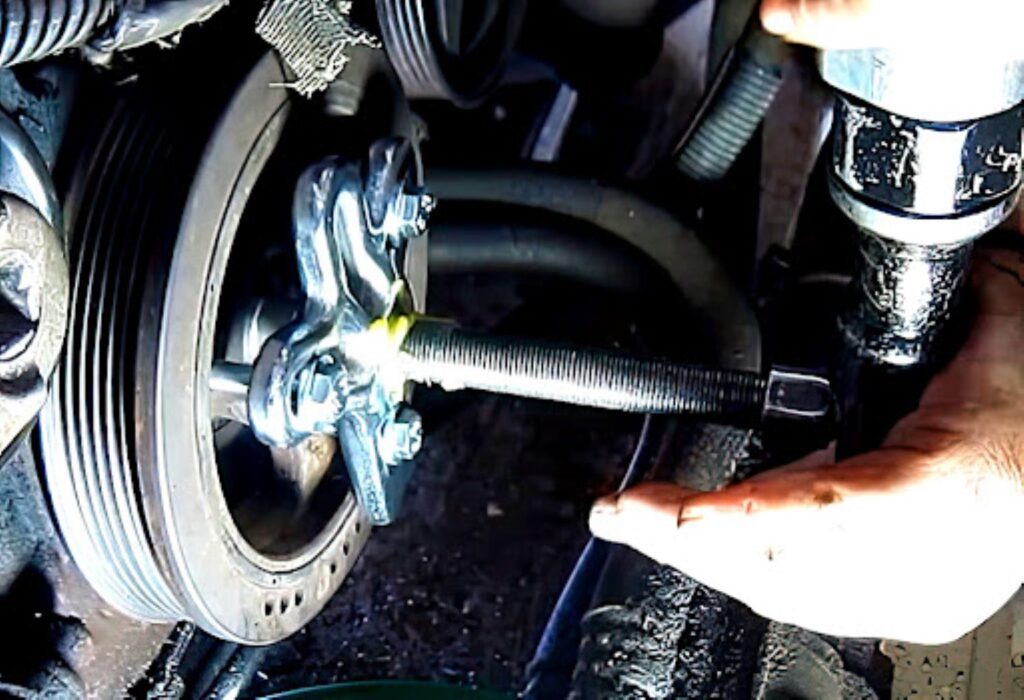Long-time drivers know how their vehicle sounds and feels the moment they start their engine. They expect the low hum or roar of the engine, and any sound other than that could mean something’s wrong.
Those with automotive troubleshooting experience can be even more sensitive. They might know, for example, that four-cylinder engines that don’t have balance shafts vibrate more than engines with more cylinders because the firing events happen every 180 degrees of crankshaft rotation.
Four-cylinder engines that don’t have balance shafts vibrate more than engines with more cylinders because the firing events happen every 180 degrees of crankshaft rotation.
–Richard McCuistian, ASE Certified Master Automobile Technician
The same goes for idling. The idle speed must be consistent, so there should be no skipping or slipping. Vibrations when idle aren’t normal, either. So if you feel like your car vibrates too much on idle, these could be the reasons why.
Reasons Why Your Car Vibrates When Idle
Damaged Engine Mounts
The engine or motor mount supports the engine while dampening noise and vibration. It keeps the engine and transmission away from the chassis to prevent noise and vibration from affecting the rest of the vehicle.

Many engine mounts are fluid-filled and there are some mounts that are electronically actuated. Over time, the motor mount’s rubber insulation can wear out, or the entire component can get damaged altogether and result in excessive vibration at idle.
If left unaddressed, a damaged motor mount can also cause other problems like overstressed components and wires, friction between drive belts and pulleys, and exhaust leaks.
Worn-Out Spark Plugs
Worn-out spark plugs can lead to a misfiring engine, causing the vehicle to vibrate at idle or running speeds.
Spark plugs are threaded into each cylinder head. They ignite the air-fuel mixture that forces the piston down in the cylinder.
A damaged spark plug can lead to combustion problems that produce uncontrollable shakes and vibrations. A faulty injector or basic mechanical problems with the engine can also cause this.
Distorted Tire Tread
Excessive vibration can also be caused by a distortion in the tire tread. According to experts, tire manufacturers use different tread rubber compounds, carcass body ply angles, and other factors, which can lead to movement or distortion in the tire tread. Note, however, that this technically won’t happen when the engine is idling.
Worn-Out Accessory Drive Belt
Heat and mileage can cause the rubber belt to harden after some time. Eventually, the belt will crack and fray, affecting several belt-driven components.
Parts like the water pump, A/C compressor, alternator, and power steering pump can develop issues because of a damaged serpentine belt. This can lead to excessive vibrations and rattling noises as well.
Vacuum Leaks
Leaking hoses or gaskets in the intake area can create vacuum leaks that could affect engine performance and cause a rough idle. Vacuum leaks aren’t as noticeable above idle in most cases.
Faulty Idle Air Control Valve
The idle air control valve controls engine idle speeds and prevents the vehicle from stalling whenever the engine load changes. If the idle air control valve is stuck closed, inoperative, or if its passages are clogged with sludge, a low or rough idle might result.
Idle air control is necessary to overcome the friction that builds up in the engine caused by cold lubricating oil.

The engine needs more power under cold temperatures, so the idle air control valve opens an intake air passage to let more air into the engine.
The idle air control system is calibrated to maintain a specified engine idle speed regardless of the operating temperature.
A damaged idle air control valve can result in performance issues and cause the vehicle to exhibit symptoms like excessive vibration at idle.
Fuel System Issues
Several parts in the fuel system could cause your vehicle to vibrate excessively when idle.
The first possibility is a dirty fuel injector. The fuel injector is frequently exposed to high temperatures and pressure, resulting in carbon buildup in the pintle or nozzle.
The cylinder fed by a stuck or clogged injector engine won’t receive the right amount of fuel. This can cause anything from a high-frequency shutter or shake to a mildly rough idle.
A clogged fuel filter can also create the same problem. Over time, the fuel filter can get contaminated, which can slow down the flow of fuel.
A faulty fuel pump is another probable cause of vibration at idle. This part is responsible for sending the right amount of fuel pressure and volume to the engine so that the vehicle can run properly. Typically, when a fuel pump fails so that it produces air (cavitation) and the fuel system is returnless, air bubbles will have to pass through the injectors and can cause misfires and rough idle.
A faulty fuel pump can also lead to problems like hard starting, stalling, hesitation, and misfiring if left unaddressed.
Worn-Out Brake Parts
Excessive vibration when braking can be due to an out-of-round brake drum or disc brake rotor thickness variation. However, technically, this won’t be anything you can feel when the engine is idling.
Diagnosing Engine Vibration
The underlying cause of car vibration at idle can be hard to diagnose if you’re not well-equipped with the right information.

There are even some instances where the vibration only occurs when driving on poorly constructed roads.
Diagnosing engine vibration usually involves unbolting the torque converter from the engine drive flex plate, which lets you push the former towards the transmission or transaxle before starting the engine.
If you can’t feel the vibration after doing this, there might be a problem with the torque converter, pump assembly, or another rotating, engine-driven component.
But if the vibration persists, there might be a problem with the engine or a different accessory.
Effects of Excessive Idling
Excessive idling is bad for your daily driver.
Some drawbacks include poor fuel economy; increased fuel consumption; and damaged injector tips, turbochargers, and valve seats.
High idle times can also lead to incomplete fuel combustion. This can dilute fuel and lower oil viscosity, additive concentration, and oil pressure.
Simply put, excessive idling can significantly accelerate wear on certain components.
Wrapping Up
A vehicle that’s vibrating too much at idle is usually a cry for help and indicates that there’s trouble under the hood.
In most cases, the engine mounts, spark plugs, tires, timing belts, hoses, idle air control valves, fuel system components, and brake parts are the ones creating the problem.
Engine vibration can be tricky to diagnose and should only be done by a professional or someone well-versed in automotive repair.
So if you’re not used to dealing with a problem like this, it’s always a good idea to bring your vehicle to the nearest auto repair shop to have a trusted mechanic inspect your vehicle.
Any information provided on this Website is for informational purposes only and is not intended to replace consultation with a professional mechanic. The accuracy and timeliness of the information may change from the time of publication.



























